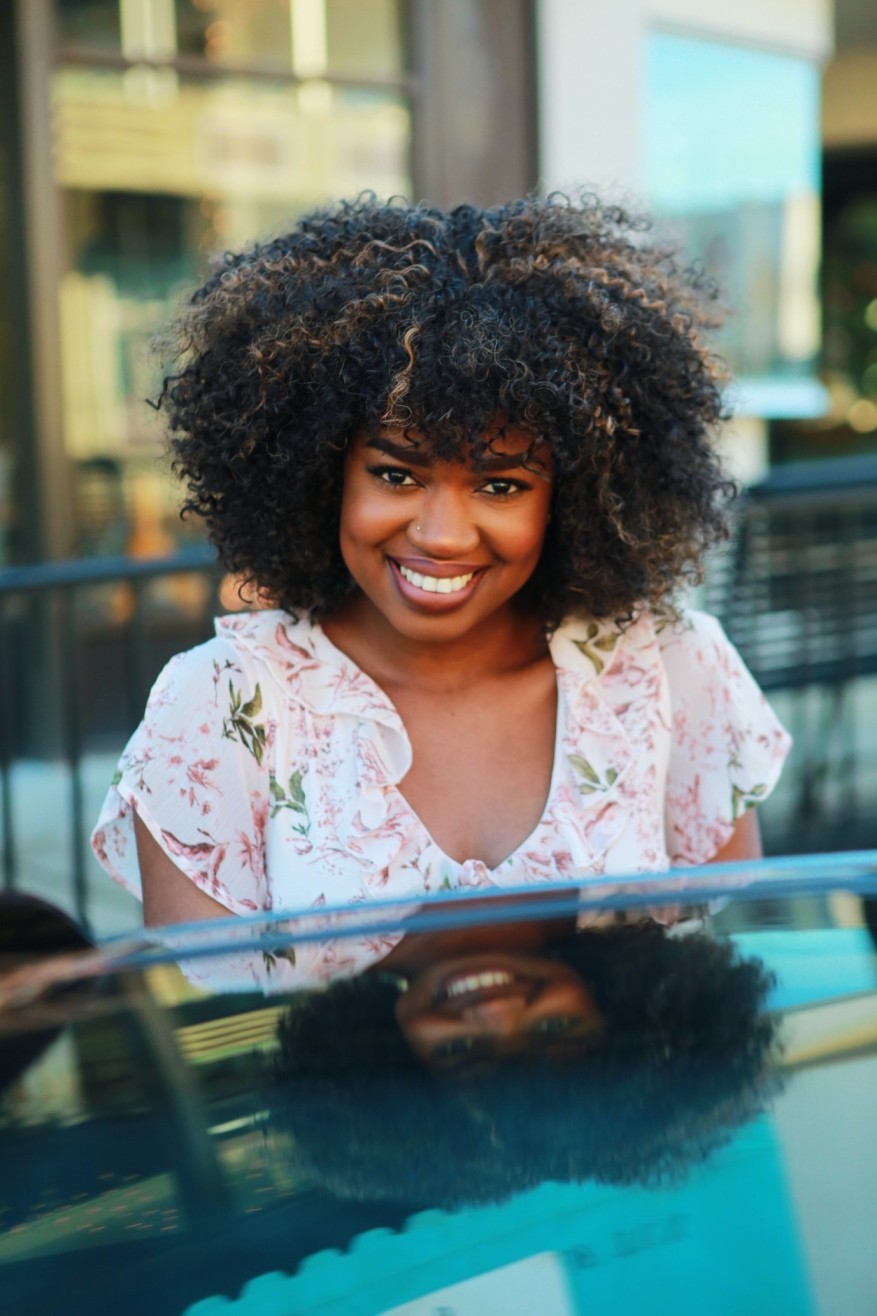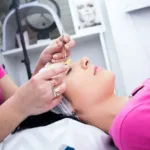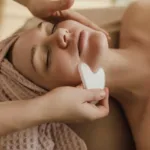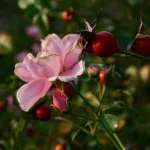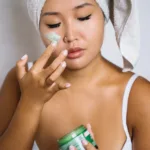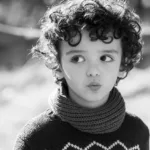African hair braiding techniques encompass a wide variety of intricate and beautiful styles that have been passed down through generations. These techniques showcase the rich cultural heritage and diversity of African hairstyles. Here are some popular African hair braiding techniques
Cornrows
Cornrows are created by braiding the hair close to the scalp in narrow, straight rows. The hair is divided into sections, and each section is braided from the root to the end. Cornrows can be simple and straightforward or more intricate with various patterns and designs. They can be styled in straight rows, curved lines, or even more elaborate geometric shapes.

Box Braids
Box braids are individual braids that are formed by sectioning the hair into small, square-shaped parts. Each section is divided into three strands, and a braiding technique is used to intertwine the strands from the root to the tip. Box braids can be styled in different lengths and thicknesses, and they can be enhanced with various accessories like beads or cuffs.
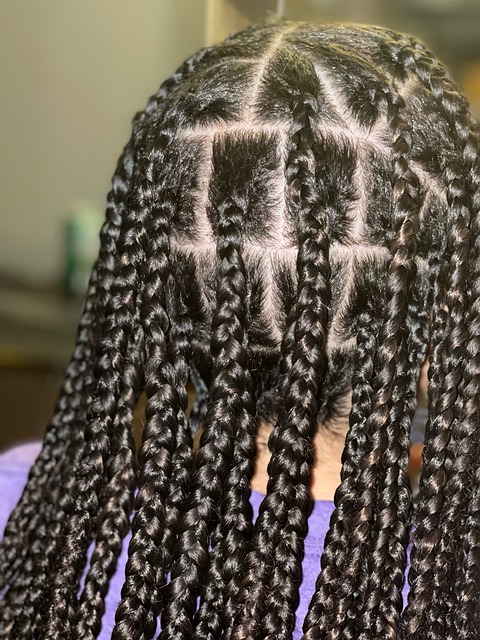
Senegalese Twists
Senegalese twists are similar to box braids but are created using two strands of hair instead of three. The twisting technique is applied by intertwining two sections of hair together from the root to the end. Senegalese twists have a textured appearance and can be styled in different lengths, sizes, and even thicknesses.
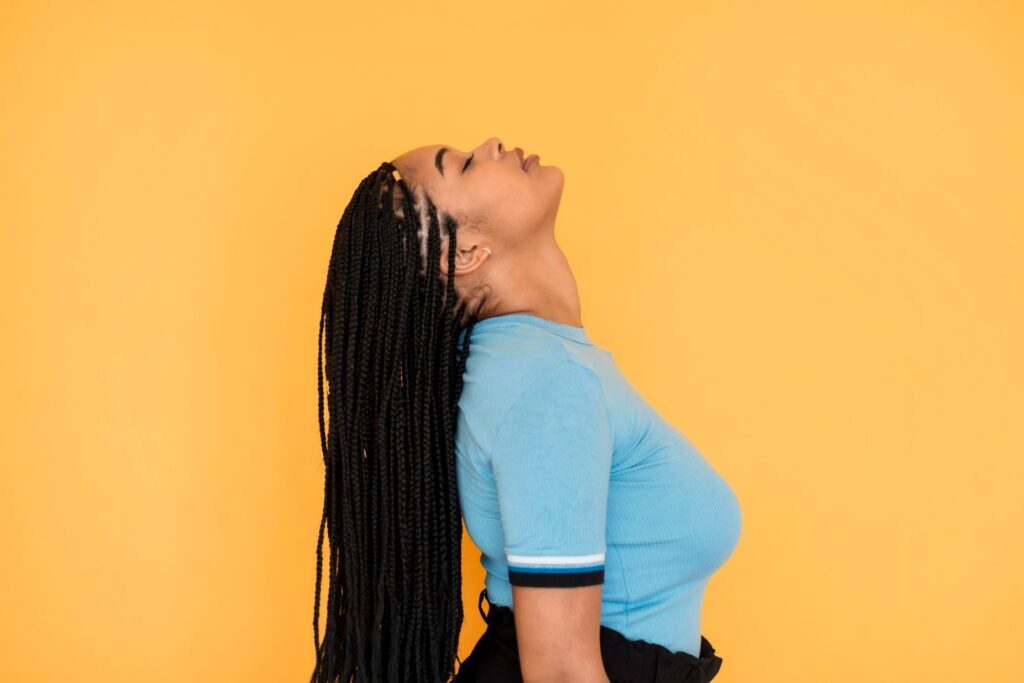
Ghana Braids
Ghana braids, also known as Ghanaian or Banana cornrows, are characterized by large, raised cornrows. These braids are created by weaving the hair in an upward direction to form a distinct raised pattern. Ghana braids often incorporate intricate designs and patterns along with the larger cornrows to create a striking and decorative hairstyle.

Fulani Braids
Fulani braids are inspired by the Fulani ethnic group of West Africa. This style typically features a central cornrow braid or a series of cornrows along the hairline, while the rest of the hair is either left loose or braided. Fulani braids are known for their elaborate and decorative elements, such as beads, cowrie shells, or metallic accessories that are added to the braids.
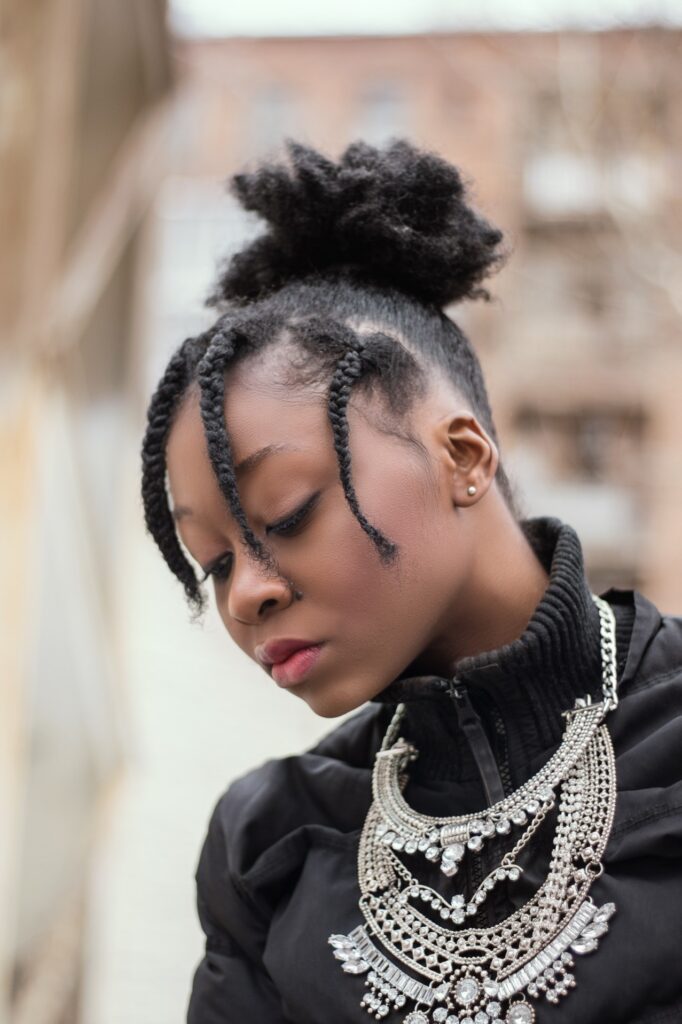
Kinky Twists
Kinky twists involve the use of hair extensions to create twisted braids that mimic the natural texture of African hair. The extensions are added to the natural hair using a twisting technique, which results in a voluminous and textured look. Kinky twists provide a protective style that requires minimal maintenance and can be worn in various lengths and sizes.

Marley Twists
Marley twists are similar to kinky twists but are created using Marley hair extensions, which have a coarser texture. The hair extensions are twisted with the natural hair using a similar technique, creating a hairstyle that resembles natural dreadlocks. Marley twists offer a fuller and more defined look, and they are a popular choice for those seeking a natural and versatile style.

African hair braiding techniques offer a range of benefits beyond their stunning aesthetic appeal. These techniques have been passed down through generations and are deeply rooted in cultural heritage. Here are some of the benefits of African hair braiding techniques.
- Protective Styling: Many African hair braiding styles, such as box braids, twists, and cornrows, provide a protective environment for the natural hair. By keeping the hair contained and minimizing manipulation, these styles can help prevent breakage, split ends, and damage caused by external factors.
- Versatility: African hair braiding techniques offer a versatile canvas for various hairstyles. You can experiment with different patterns, sizes, lengths, and colors to create unique looks that suit your personal style.
- Low Maintenance: Once braided, these styles require minimal daily maintenance compared to constantly styling loose hair. This can save time and effort in your daily routine.
- Longevity: African hair braiding styles can last for several weeks, allowing you to enjoy your hairstyle for an extended period without constant redoing.
- Hair Growth: Protective styles like braids and twists can help retain length by reducing manipulation and exposure to environmental factors that can hinder hair growth.
- Cultural Expression: Many African hair braiding techniques have cultural significance and can be a powerful way to express one’s identity, heritage, and connection to their roots.
- Artistic Expression: The intricate patterns and designs created through braiding are a form of art, allowing individuals to showcase their creativity and appreciation for beauty.
- Heat-Free Styling: African hair braiding styles eliminate the need for heat styling tools, reducing the risk of heat-related damage to the hair.
- Healthier Hair: By minimizing manipulation and reducing the need for daily styling, these techniques can contribute to overall hair health.
- Natural Hair Transition: African hair braiding styles can be a helpful option for individuals transitioning from chemically treated or heat-damaged hair to their natural texture.
- Community and Bonding: The process of braiding often involves community and bonding. Friends, family members, or skilled braiders can participate in creating these styles, fostering connections and shared experiences.
- Cultural Heritage: African hair braiding techniques are deeply rooted in tradition and cultural practices. By wearing these styles, individuals can honor and celebrate their heritage.
- Low-Manipulation Styling: The reduced need for daily styling and manipulation can help decrease the risk of mechanical damage to the hair.
- Weather Protection: Braiding can offer protection against various weather conditions, such as strong winds, rain, and humidity.
- Time Savings: Once the initial braiding is done, daily hairstyling routines are simplified, allowing you to save time and focus on other activities.
It’s important to note that while African hair braiding techniques offer numerous benefits, improper installation or excessive tension during braiding can lead to hair damage. Choosing skilled braiders and ensuring that your hair is properly cared for while in braids are essential for maintaining healthy hair.
